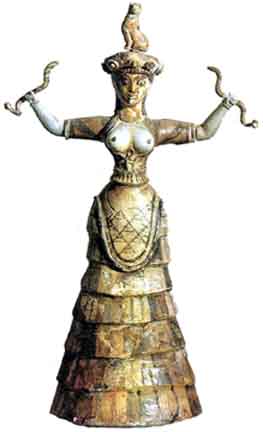
I've been at Pantheacon, and up in Willits, California, to meet with Annie Waters and Mana Youngbear about the performance they will be doing in March with the Numina masks............I am so delighted to be able to share my art with them and their community! More later.........
I' ve been thinking about the photograph above Mana Youngbear portraying DAWN, standing before the "Evolutionary Cauldron" for the Winter Solstice ceremony created by Ann Waters and the Community of Willits on December 21, 2012. Having had some dramatic (and quite beautiful) "spirit photographs" occur in my own ritual theatre performances in the past, I pay attention to visual "signals" that occur when we enter the sacred circle of ritual, the realm of the Goddesses and the Archetypal Powers. Carolyn Myss talks about Symbolic Thinking, and no where is it more dramatic than when we enter the collective, and yet deeply personal, Mythic Realm. And the language spoken is the language of metaphor, dream and oracle..........
 |
| http://goddesschess.blogspot.co.uk/2013/01/athenian-snake-goddess-now-identified.html |
 Snake may have been diabolized in the Bible, but elsewhere snake is an ubiquitous symbol for the feminine divine, the interwoven forces of nature, for healing, and in the East, "Raja Naga" is associated with Tantra, the snake of the Kundalini force of generation and sexual/spiritual union. Snakes received a bad rap in Biblical terms, with the "fall from grace" occurring because snake (sometimes identified with Lilith) tempted Eve with an apple. Which is too bad indeed, as the life/death/rebirth cycle represented by snake, whose shedding skin is a symbol of regeneration and rebirth, is among the most primal metaphors. The Biblical "Fall from Grace" of Eve, and of Snake, represents the fall from grace with nature we have inherited which at this time in hisstory is becoming catastrophic.
Snake may have been diabolized in the Bible, but elsewhere snake is an ubiquitous symbol for the feminine divine, the interwoven forces of nature, for healing, and in the East, "Raja Naga" is associated with Tantra, the snake of the Kundalini force of generation and sexual/spiritual union. Snakes received a bad rap in Biblical terms, with the "fall from grace" occurring because snake (sometimes identified with Lilith) tempted Eve with an apple. Which is too bad indeed, as the life/death/rebirth cycle represented by snake, whose shedding skin is a symbol of regeneration and rebirth, is among the most primal metaphors. The Biblical "Fall from Grace" of Eve, and of Snake, represents the fall from grace with nature we have inherited which at this time in hisstory is becoming catastrophic.  |
| Klimpt's HYGIEA |
Snake is good MEDICINE. apparently, and the conversation in the garden of Eden may have been misunderstood!
 In ancient Egypt, in the earliest of iconography, the word for Cobra and for Goddess were virtually the same. The Uraeus (from the Egyptian jʿr.t (iaret), "rearing cobra") is the upright form of a cobra used as a symbol of royalty, deity, and divine authority in ancient Egypt. The Uraeus was a symbol for the goddess Wadjet, one of the earliest Egyptian deities. She was the patroness of the Nile (and here again one sees the personification of the serpentine movements of water identified with snake and with the feminine).. The pharaohs wore the Uraeus as a head ornament: either with the body of Wadjet atop the head, or as a crown encircling the head; this indicated Wadjet's protection and reinforced the Pharaoh's claim over the land. There is evidence for this tradition even in the Old Kingdom during the third millennium BCE.
In ancient Egypt, in the earliest of iconography, the word for Cobra and for Goddess were virtually the same. The Uraeus (from the Egyptian jʿr.t (iaret), "rearing cobra") is the upright form of a cobra used as a symbol of royalty, deity, and divine authority in ancient Egypt. The Uraeus was a symbol for the goddess Wadjet, one of the earliest Egyptian deities. She was the patroness of the Nile (and here again one sees the personification of the serpentine movements of water identified with snake and with the feminine).. The pharaohs wore the Uraeus as a head ornament: either with the body of Wadjet atop the head, or as a crown encircling the head; this indicated Wadjet's protection and reinforced the Pharaoh's claim over the land. There is evidence for this tradition even in the Old Kingdom during the third millennium BCE.Snake has so much to teach us.........here's to her arising in the Year of the Snake!

***"The “Bowl of Hygeia” symbol is the most widely recognized international symbol of pharmacy. In Greek mythology, Hygeia was the daughter and assistant of Aesculapius (sometimes spelled Asklepios), the God of Medicine and Healing. Hygeia's classical symbol was a bowl containing a medicinal potion with the serpent of Wisdom (or guardianship) partaking it. This is the same serpent of Wisdom, which appears on the caduceus, the staff of Aesculapius, which is the symbol of medicine."

No comments:
Post a Comment